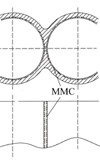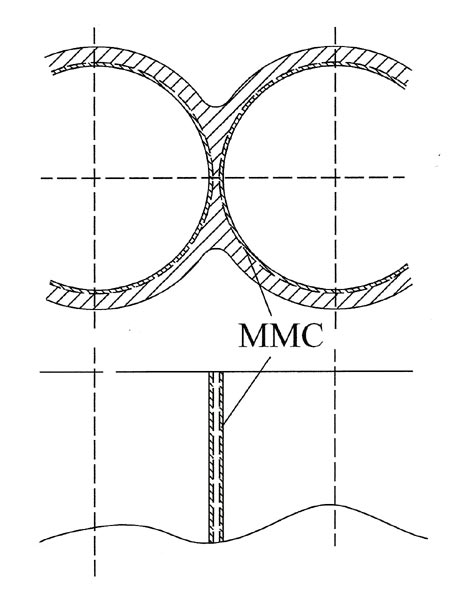Tough stuff
 Dare I say it but a good cylinder block can be likened to a good husband or partner. For as much as it is desirable to have the best of all the qualities in a spouse, in the end the woman has to make the best of what she can get and adapt it to suit. In a good cylinder block it is desirable therefore to be strong, mechanically stiff with a high resistance to wear on the rubbing surfaces, resistant to corrosion and have excellent thermal conductivity. Furthermore it must have low density, low thermal expansion, good machinability, be easily cast and exhibit excellent vibration damping. But while aluminium in its various forms scores very highly on most of these, its strength and rigidity at high temperature is invariably lacking.
Dare I say it but a good cylinder block can be likened to a good husband or partner. For as much as it is desirable to have the best of all the qualities in a spouse, in the end the woman has to make the best of what she can get and adapt it to suit. In a good cylinder block it is desirable therefore to be strong, mechanically stiff with a high resistance to wear on the rubbing surfaces, resistant to corrosion and have excellent thermal conductivity. Furthermore it must have low density, low thermal expansion, good machinability, be easily cast and exhibit excellent vibration damping. But while aluminium in its various forms scores very highly on most of these, its strength and rigidity at high temperature is invariably lacking.
A lightweight engine will surely, by definition, have its length as short as possible. At odds with the requirement to keep the bores large, the zone between the adjacent cylinders becomes progressively narrow, to the point when the structural rigidity becomes impaired. As this 'bridge' becomes narrower, so cooling becomes more critical, to the point where the temperature can destroy any heat treatment applied and lead to softening, loss of strength and eventually a loss of clamp load, resulting in head gasket failure.
One way around this problem is to introduce more cooling into the affected zone. This was the topic covered in an earlier RET-Monitor article. Another way is to increase the strength of this 'bridge' area by the addition of ceramics in the form of fibres or discrete particles into a cast-in cylinder of the same basic aluminium as the rest of the block, rather like the way the filaments of carbon or glass support the plastic matrix in a carbon fibre or glass-reinforced composite mix. Surrounded totally by the aluminium matrix of the cylinder, and unlike the filaments in other composites, the ceramic materials used for metal applications are generally alumina (Al2O3), silica (SiO2), silicon carbide (SiC) or boron carbide (B4C).
The result of many years of r&d, these materials have exceptional uniaxial tensile strengths and moduli as diameters reduce. For example, the tensile strength of a single 142-micron (0.0056 in) diameter sample of silicon carbide with a density of 3 g/cc can have a tensile strength of well over 5000 MPa and a tensile (or Young's) modulus of 400-plus GPa. Compare this with a typical casting aluminium, (LM25) having an ultimate tensile strength (UTS) of about 250 MPa, or a high-strength steel with its UTS nearer 750 MPa.

Referred to as metal matrix composites (MMCs), and just like the composites used elsewhere in the vehicle, there is no chemical bonding between the constituents and the aluminium of the matrix. And like carbon or glass fibre, these fibres take the form of whiskers (single crystals), continuous lengths or randomly arranged short lengths similar to the chopped stranded matt in the plastics world. The increased strength thus formed comes solely from the ceramics used, their size and orientation. And because of this, when used as fibres, the resulting properties can be highly non-isotropic.
When used as particles and not fibres, however, high specific strength may not always be the ultimate aim since other requirements, such as reduced scuffing or wear, or improved rigidity, may be the target. Whatever the precise qualities required though, and despite the difficulties associated with manufacture (which are considerable), aluminium MMCs will have improved strength at elevated temperatures, making them ideal for the bridge area between adjacent cylinder bores.
But if you spoke to my wife and asked her what would be needed to make me the perfect husband, she could only wish it were that simple.
Fig. 1 - Metal matrix composite cast-in cylinders
Written by John Coxon